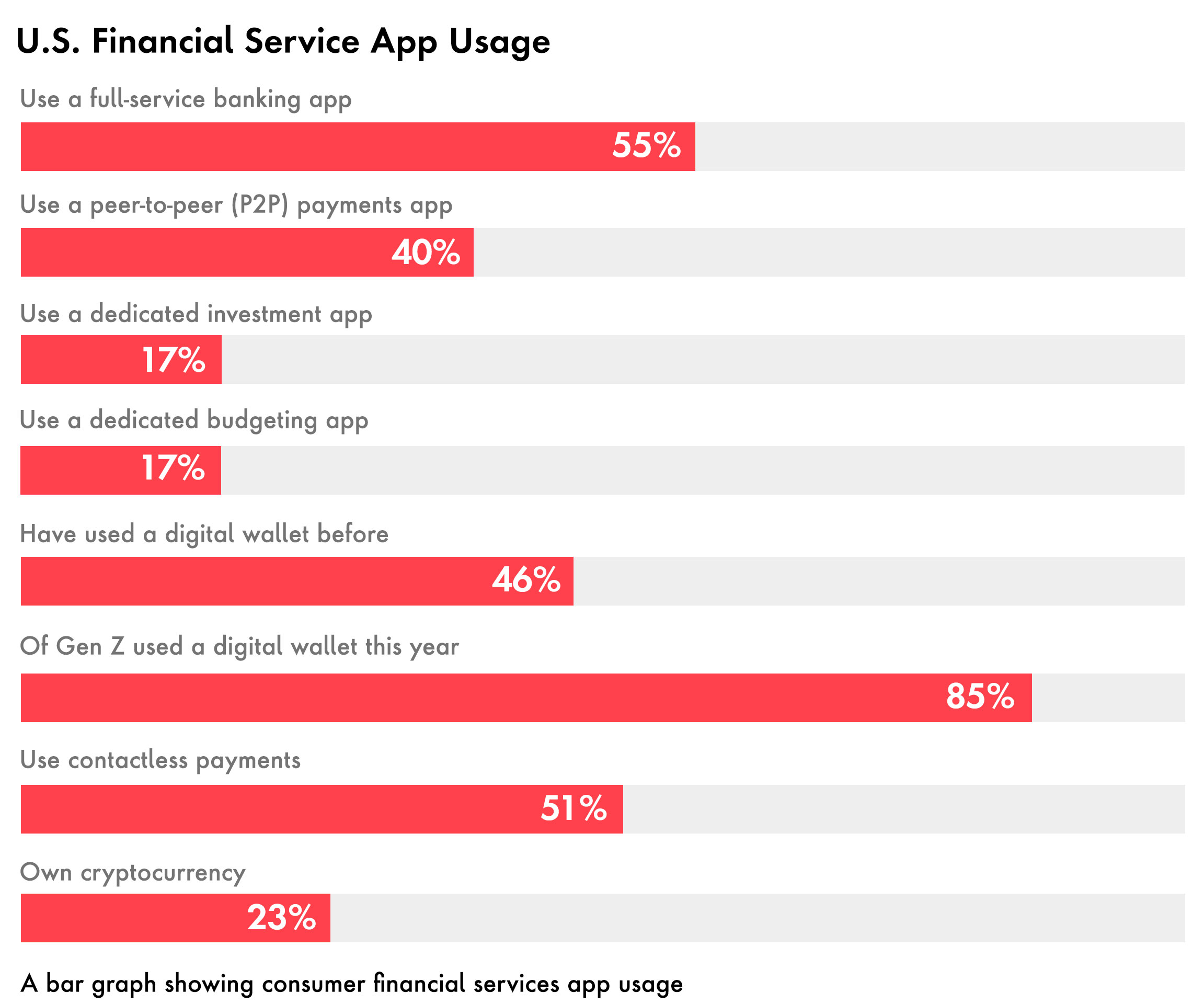Modernizing Tech Infrastructure / Digital Operating Models
Super Apps: A New Wave of Digital Disruption in Banking
In recent years, the concept of a “super app” has emerged as a disruptive force in the mobile/smart phone industry, particularly in Asia, where platforms like WeChat and Alipay have transformed the way people interact with digital banking. Super apps are multi-functional, all-in-one digital platforms that can integrate a wide range of services delivered directly to consumer smart phones. But can this one-stop shop super app concept translate to banking apps?












 Close
Close